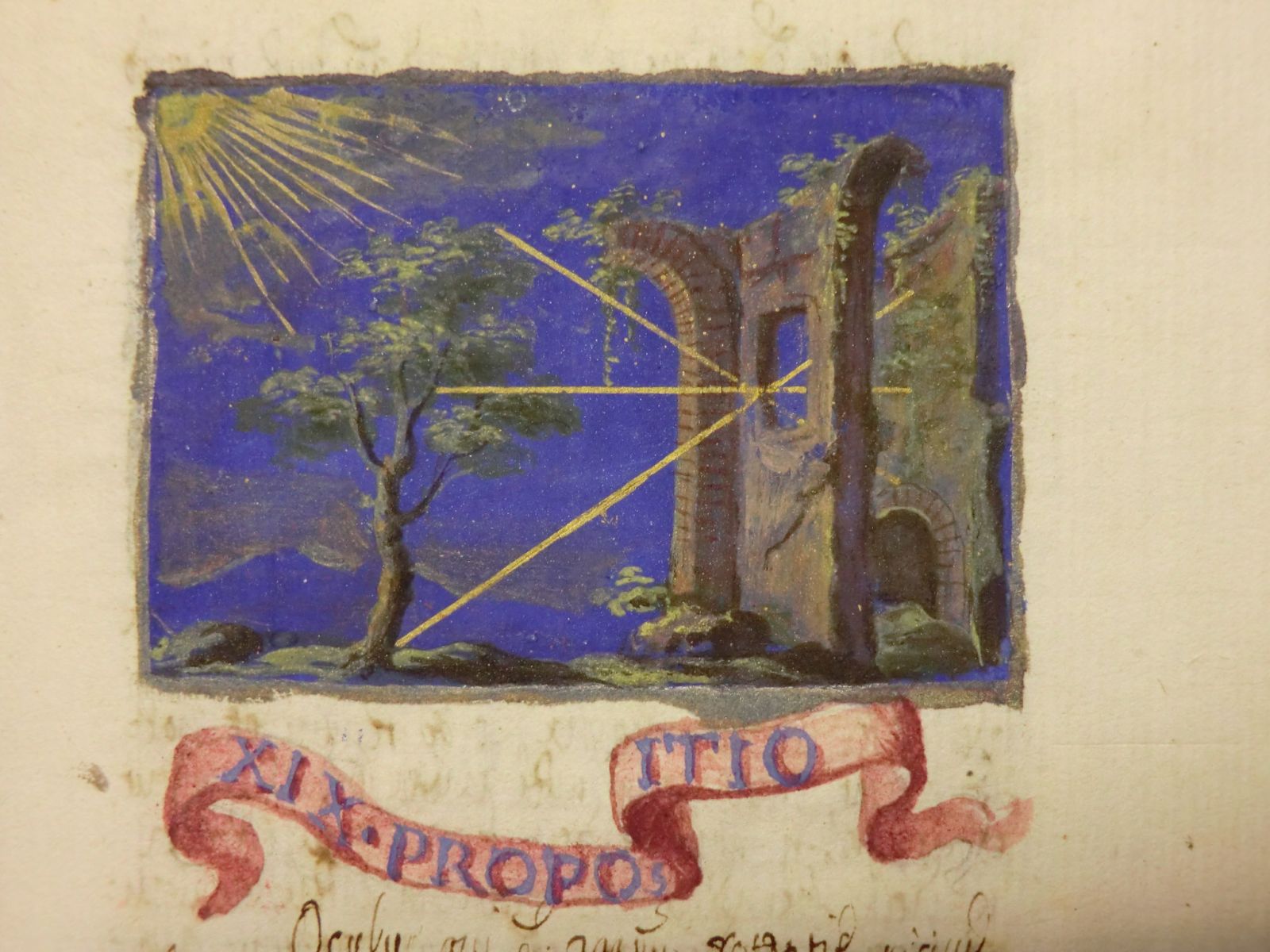Research
Project of rare books
The collection of rare books in the library of the Kunsthistorisches Institut in Florence in the light of codicological analysis
Anette Creutzburg and Jan Simane

Within the framework of the project financed by special funds from the Max Planck Society that, since 2009, is dedicated to the analysis of the library's collection of rare books, research focuses on a survey and the detailed description of each book's condition and its specific features. This research places emphasis on the provenance, in some cases dating back to the sixteenth century, of single volumes and on books from dispersed private collections. A database, which was developed exclusively during and for the project, shows book-by-book the intersections between the collection and the local history of the city of Florence and of Tuscany, as well as the history of research at the Kunsthistorisches Institut in Florenz and of its scholars. This research is based on the library's inventories, dating back to the foundation of the Institute in 1897, and on the traces of the past left within the books, such as ex libris and provenance notes, which help to reconstruct the history of the place and of the Institute within a new field, relevant for scientific research.
First, based on expanded digital infrastructure, the scientific data detected during codicological analysis are collected by means of an internal scientific database. Then, the data are imported, together with the digital copy of each work, into the technical and operative portal Digital Libraries Connected (DLC), and therefore made available to the scientific community. This analytical operation, unusual but appreciated by experts, offers a precious contribution to the dissemination of scientific material online. Through advanced multilingual and multi-criteria searches that include more than 300 technical terms, registered as specific vocabularies, the items in the database are searchable according to codicological features. In this way, the rare book collection of the Kunsthistorisches Institut in Florenz is classified and searchable for instance, according to bookbinding materials, decorations or entries, as well as marginal notes and annotations made by various previous owners. Based on this scientific data, it is possible to reconstruct relations regarding the scientific history of Kunsthistorisches Institut in Florenz, historical figures and external institutions.


